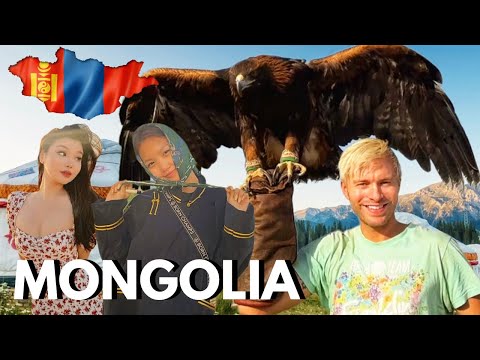
When most people think of Mongolia, they often imagine vast, unending steppes, harsh climates, and perhaps the enduring legacy of Genghis Khan. While these elements are indeed integral parts of Mongolian culture and history, my recent trip there revealed a nation far more complex and enchantingly diverse than I had ever anticipated. Mongolia is not just a country you visit; it’s a realm you experience with all your senses, a place where every encounter defies expectations.
#### A Landscape Beyond Imagination
Yes, Mongolia boasts expansive grasslands that are every bit as vast as I’d imagined. But what I hadn’t expected were the stunning landscapes that changed dramatically from region to region. The Gobi Desert surprised me the most — it wasn’t just miles of barren sand but showcased dramatic cliffs, hidden canyons, and even ice-filled gorges well into the warm months. In contrast, the northern reaches of Mongolia are dominated by dense forests and sparkling lakes — notably Lake Khövsgöl, which felt more like Scandinavia than central Asia.
The Altai Mountains in Western Mongolia presented yet another tableau — rugged peaks stretching under clear azure skies, with golden eagles circling overhead. This incredible variety was something no documentary could fully capture; it had to be experienced firsthand.
#### Unexpected Encounters with Wildlife
Mongolia’s wildlife diversity was another revelation. From the wild horses known as Takhi in Hustai National Park to the curious marmots that seemed ubiquitous across rural landscapes, each day brought new encounters. One particularly memorable experience was watching gazelles sprint across the Eastern Steppe — an area so vast you could see weather patterns shifting miles away before they reached you.
#### The Warmth of Nomadic Hospitality
Perhaps what stood out most were not just the sights but the people. Mongolian hospitality is legendary among travelers for a reason. The nomadic families who welcomed me into their gers (traditional felt tents) not only shared their homes but also offered insights into their daily lives with openness and warmth that was profoundly moving.
This connection was deepened by experiencing traditional practices such as Naadam—an annual festival featuring horse racing, archery, and wrestling—and enjoying local delicacies like airag (fermented mare’s milk) and hearty stews that fueled our adventures.
#### Ulaanbaatar: A City Contrasting Tradition with Modernity
Ulaanbaatar is another surprise package — starkly different from its rural counterparts. Here in Mongolia’s capital and largest city, Soviet-era buildings intermingle with gleaming skyscrapers while luxury cars share roads with nomadic herders on horseback in town for supplies or business. The city thrives on contrasts; Buddhist monasteries lie near vibrant nightlife spots while markets bristle next to museums showcasing rich national history and art.
#### Challenges Facing a Changing Society
Yet it’s not all idyllic vistas and warm gatherings around firesides; Mongolia faces significant challenges including environmental issues like desertification which threatens traditional nomadic lifestyles along with rapid urbanization influencing social structures profoundly.
Visitors should be aware of these dynamics; understanding them adds depth to your travels here making experiences richer and more meaningful – simultaneously witnessing beauty while recognizing strife makes for profound travel insight rather than mere sightseeing.
#### Conclusion: A Destination Full of Surprises
Mongolia turned out to be nothing as I expected — it was so much more. It taught me about resilience in harsh climates, beauty in stark landscapes, tradition amidst modernity—and above all else—the value of unexpected friendship across cultures. For those looking for an authentic experience steeped in history but vibrant with living culture—Mongolia awaits to surprise you at every turn.
